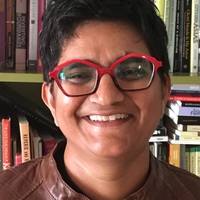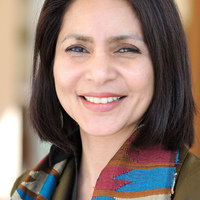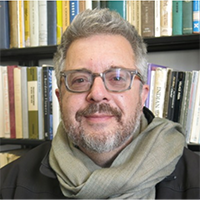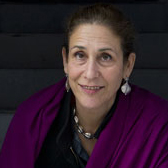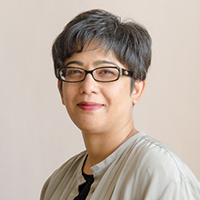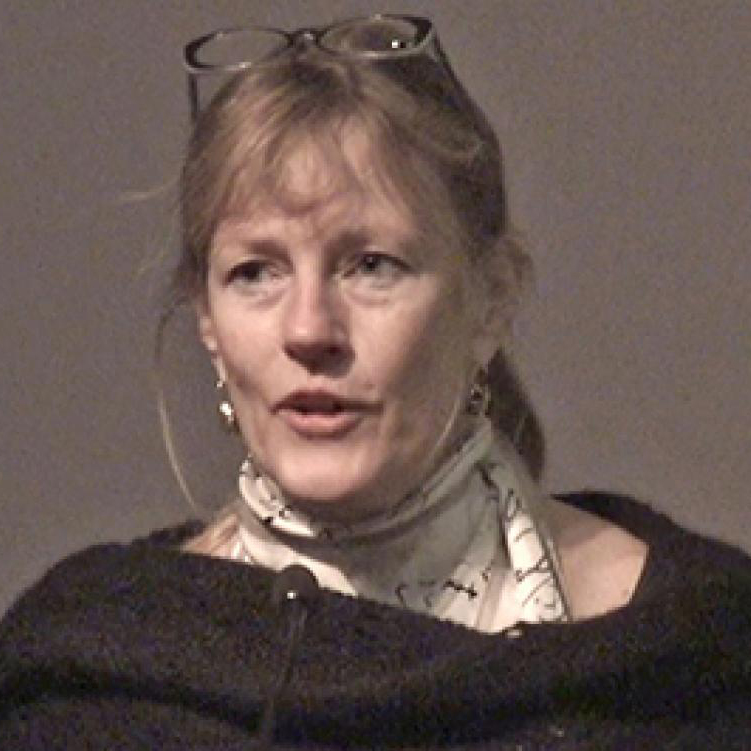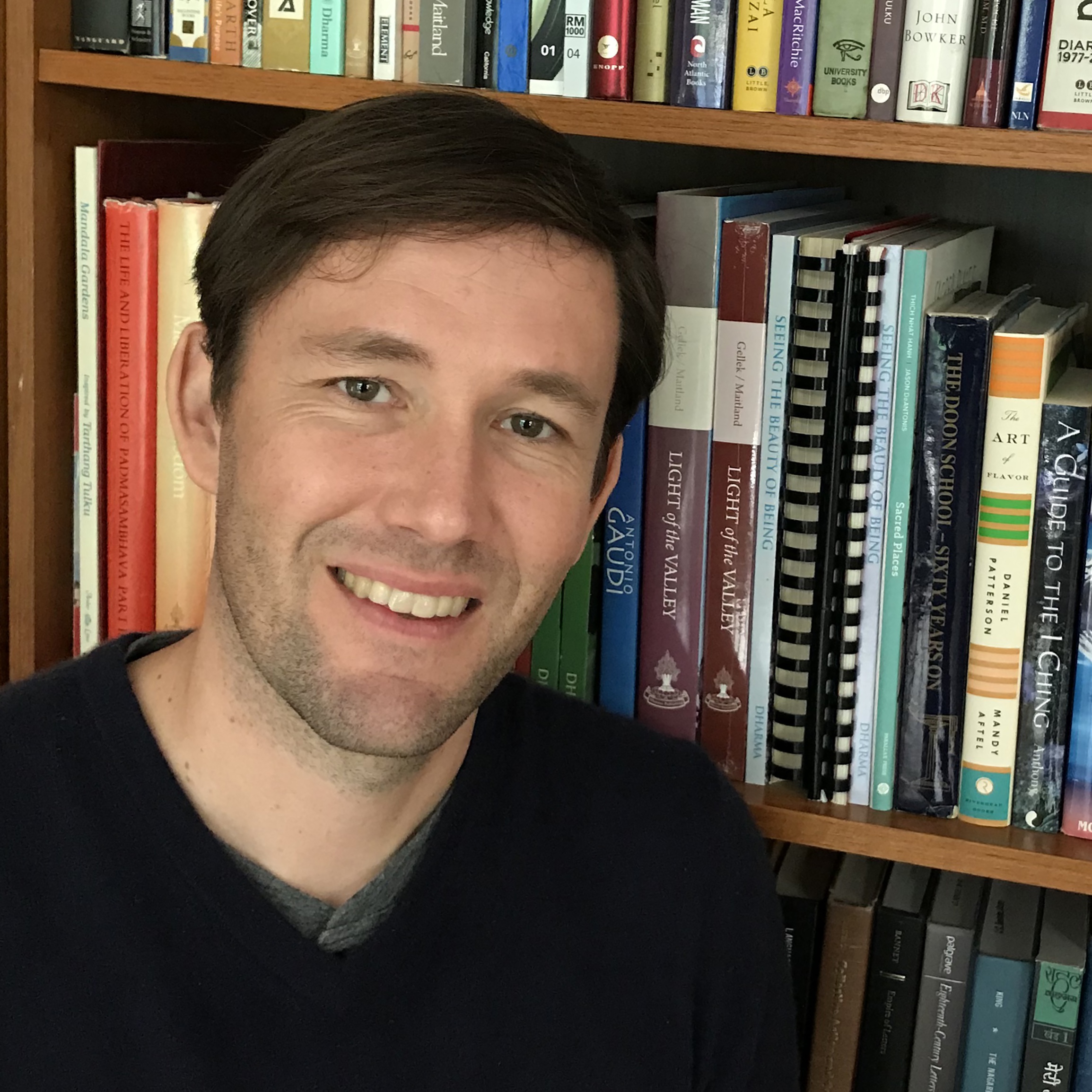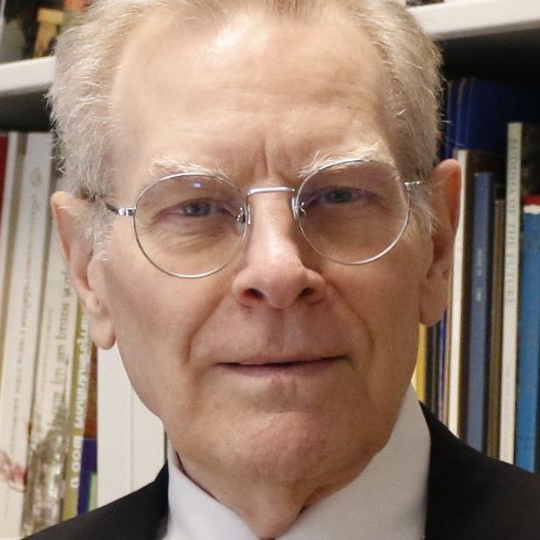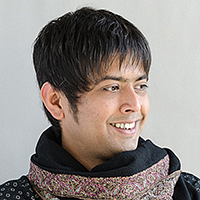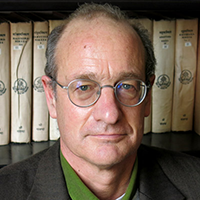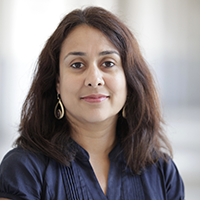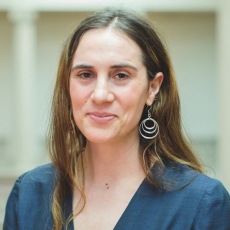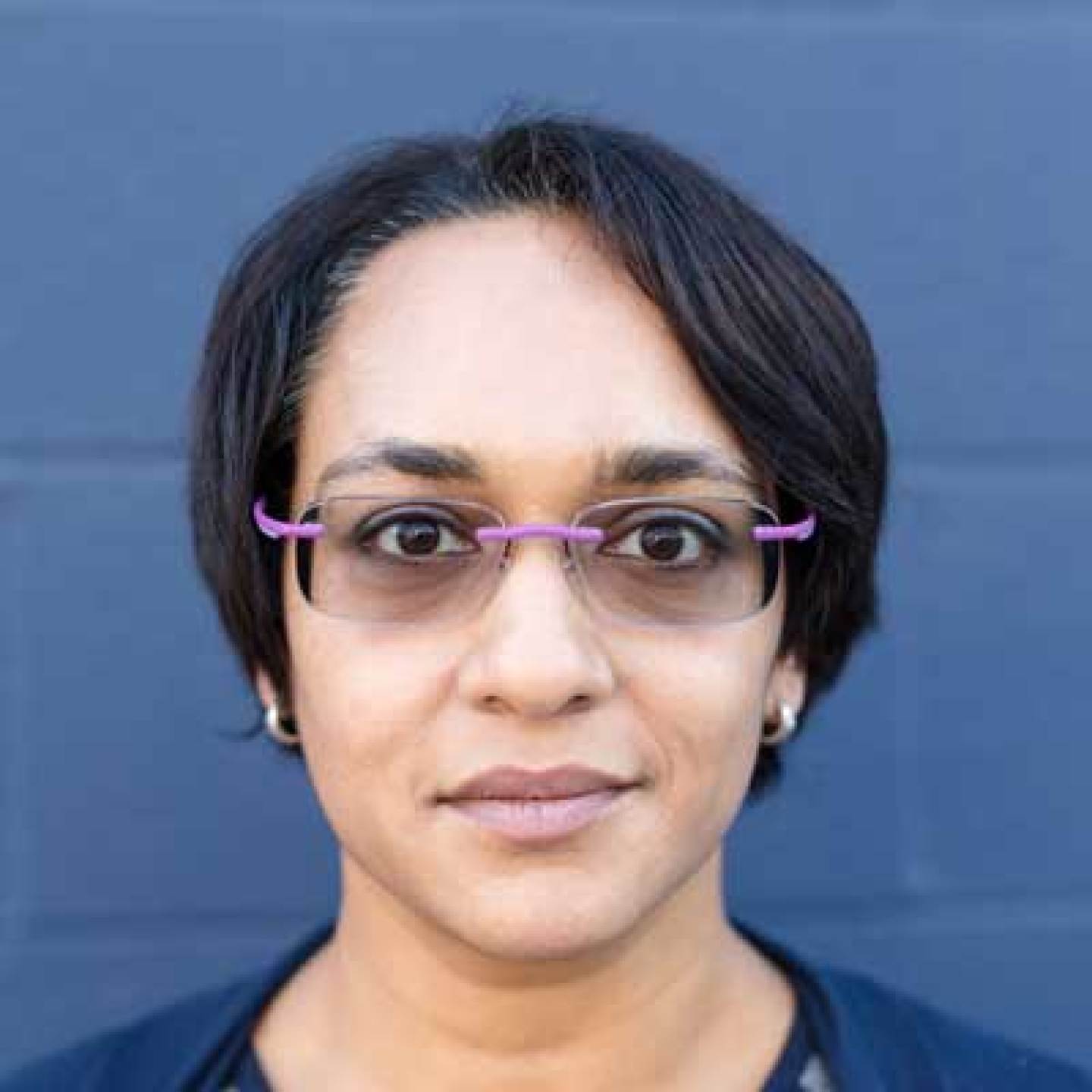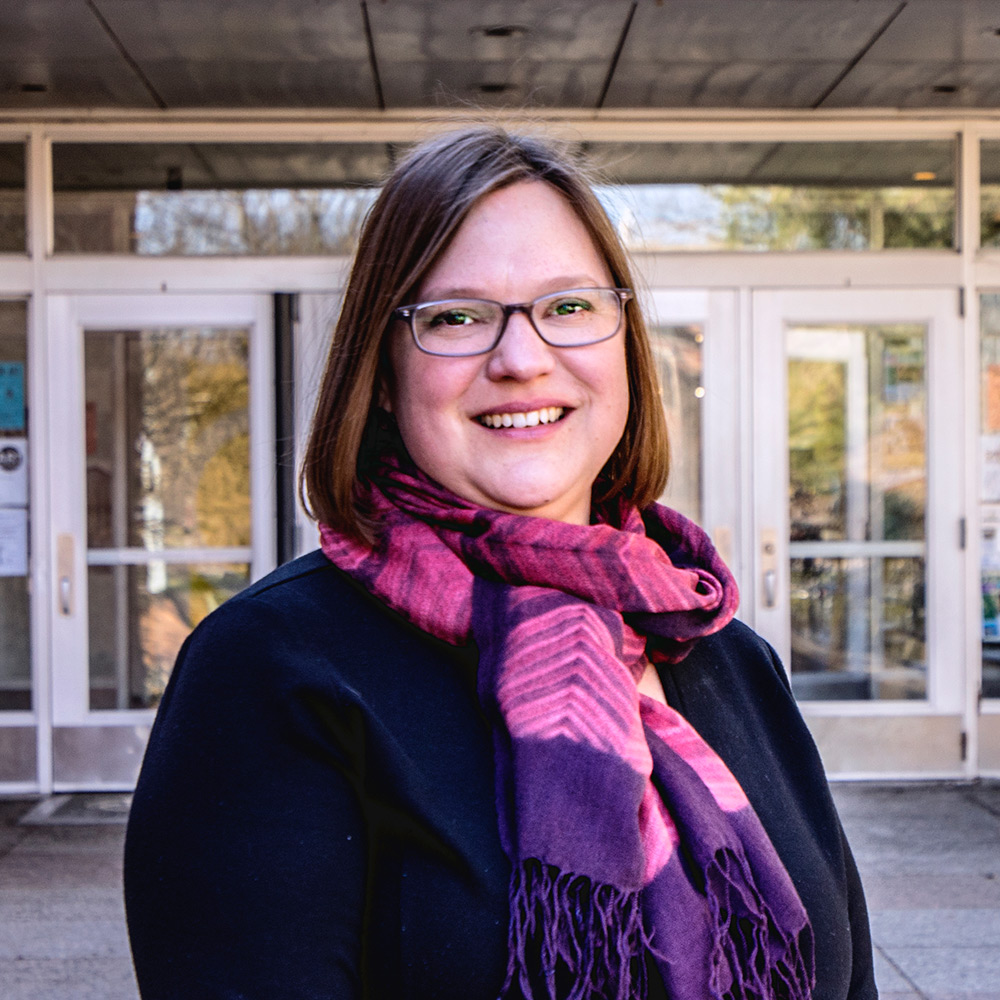|
|
Anjali Arondekar Bio: Anjali Arondekar is Associate Professor of Feminist Studies and Literature at the University of California, Santa Cruz. Her research engages the poetics and politics of sexuality, colonialism and historiography, with a focus on South Asia. She is the author of For the Record: On Sexuality and the Colonial Archive in India (Duke University Press, 2009, Orient Blackswan (India), 2010), winner of the Alan Bray Memorial Book Award for best book in lesbian, gay, or queer studies in literature and cultural studies, Modern Language Association (MLA), 2010. She is currently working on two book-projects on sexuality, collectivity and ethics in Portuguese India: What More Remains: On Sexuality and Historiography and Lyrical Summonings: Sexuality and South Asia. Talk Title: Sexuality. Exemplarity. Archives. Talk Abstract: It has now become commonplace, particularly for those of us who work within histories of sexuality in postcolonial worlds to argue that historical archives must be read as spaces of imperial and neo-colonial constitution than empiricism, all of which have made us rethink how and why an archive gets constituted. It would then seem equally important to engage our narrative rituals of archival consumption and dissemination, particularly as they unfold in rights-based projects. I explore one such narrative ritual that continues to inaugurate most queer projects of historical recuperation in South Asia: the detail, the legal case, the anecdote, an archival trace that is often a tantalizing obstacle to clarity, which then comes alive through our reconstructive hermeneutics. Two questions are central here: What makes something an archival exemplar, adequate to the challenge of representation and study? Why does the writing of a history of sexuality take a particular narrative form, and what creates obstacles to its seamless unfolding? |
|
|
Dina Bangdel Bio: Dina Bangdel is Associate Professor & Director of the Art History Program in Virginia Commonwealth University, Qatar. She received her Ph.D. from The Ohio State University in 1999. Her primary areas of specialization are South Asian/Indian art and Himalayan art, with secondary areas of interests relating to the issues of gender and identity in South Asian contemporary art and film. Her current research focuses on the art and ritual traditions of Newar Buddhism in the Kathmandu Valley of Nepal and the development of Tantric Buddhist iconography of the Himalayan regions, principally Nepal and Tibet. She also served as co-curator in the recent exhibition on Tantric Buddhist art, Circle of Bliss: Buddhist Meditational Art, organized by the Los Angeles County Museum of Art and the Columbus Museum of Art in 2004. At VCU, Dr Bangdel teaches courses on the art and architecture of South Asia, arts of Tibet and Nepal, contemporary arts of South Asia, and South Asian film. See more about her here Talk title: Contested Spaces of Local Consumption: When is Traditional Painting Too “Modern” ? Talk Abstract: The tensions of tradition/modern continue to serve as familiar discursive binaries in the definitions of modern and contemporary art in South Asia, constructed with the broader discourses of national/ cultural/identity politics. Often excluded from these discourses, particularly within museum collections, are the negotiations of modernity within the traditional arts. What about frames of local production and consumption of traditional arts in the contemporary contexts? How have art history and museum collections provided spaces for these narratives to emerge? The arts of Nepal may be particularly relevant in this context by its very geo-cultural location, and is often positioned in an interface space between South Asia and the Himalayas. Building on the Geetzian notion of what he terms “matrix of sensibility” to “present locally to locals a local turn,” my paper focuses on the modern artistic renaissance of a “new” Newar art in Nepal from the mid-20th of a particular localized aesthetics in traditional paubha painting. Exploring the circumstances of contested tensions, I suggest that these cultural productions, their negotiations with local reception and consumption offer spaces for the construction of paradoxical definition of artistic authenticity, aesthetics, and modernity. |
|
|
Lawrence Cohen Bio: Lawrence Cohen is Professor of Anthropology and South & Southeast Asia Studies, Sarah Kailath Chair of India Studies, and Chair of the Institute for South Asia Studies. His primary field is the critical study of medicine, health, and the body. His early work examined debates over old age and the moral condition of the elderly in 19th and 20th century India, with a focus on medicine. That work led to the books No Aging in India: Alzheimer's, the Bad Family, and Other Modern Things and the edited collection Thinking about Dementia. His subsequent research, again based in north India, focused on contemporary Ayurveda, on popular cinema, on AIDS and the remaking of sexuality, and on the relations between sex, gender, politics, and ideas of "backwardness." He went on to write extensively on the politics and regulation of kidney transplantation in India. Professor Cohen's current research is on biometric governance: specifically on the Unique Identification Authority of India, its "Aadhaar" card, and the contested promise of reorganizing welfare, banking, and the life of the poor through the "de-duplication" of India itself. See more on him here. |
|
|
Debra Diamond Bio: Debra Diamond received her PhD in South Asian art history from Columbia University (2000) and has published numerous articles on Indian and contemporary Asian art. A specialist in Indian court painting, Debra curated Garden and Cosmos: Royal Painting of Jodhpur, which opened at the Arthur M. Sackler Gallery on October 11, 2008. The exhibition then traveled to the Seattle Asian Art Museum, the British Museum, and the Art Gallery of New South Wales. Debra has curated numerous exhibitions at the Sackler Gallery, including Facing East: Portraits from Asia (2006), Perspectives: Simryn Gill (2006), and Autofocus: Raghubir Singh's Way into India (2003). She is currently planning exhibitions on Mughal masterpieces in the Freer and Sackler collections (2012), the visual culture of yoga (Yoga: The Art of Transformation, 2013) and the Freer Gallery’s portrait of Mumtaz Mahal (2014). In 2010, Debra received the Smithsonian Secretary’s Research Prize for the Gardens and Cosmos: Royal Painting of Jodhpur exhibition catalogue. Read more on her here. |
|
|
Atreyee Gupta Bio: Atreyee Gupta is a Goethe Fellow at the Haus der Kunst, Munich for 2013-2014 where she is a part of a project on the global histories of post-war modernism. Prior to this she was a visiting scholar and lecturer at the Department of History of Art, University of California, Berkeley. Her publications include essays in Partha Mitter et. al. eds., Twentieth-Century Indian Art (forthcoming), An Expanded Questionnaire on The Contemporary (Asia Art Archive, 2012), and James Elkins, ed., Is Art History Global? (2006). Her current projects include a book manuscript which locates the aesthetic imperatives of post-Independence Indian art within the African-Asian cultural networks of the Non-Aligned Movement. In the past, Atreyee has held fellowships from the Social Science Research Council and the Getty Research Institute. Talk Title: Contemporary art at its limits, or, Can all contemporary art be collected? Talk Abstract: With the unprecedented proliferation of new museums, an escalating art market driven by art fairs and auctions, the institution of global biennales and international exhibitions, contemporary Indian art has now gained a new visibility. If this visibility has secured India a place in the global art map, the involvement of a number of non-profit organizations in the region has generated parallel and often competing exhibitionary networks that deftly appropriate the language of the globalized contemporary art world for completely different ends. By insisting on the resilience of place as a core component that both engenders and makes art visible, these emergent practices complicate deterritorialized systems of exhibiting and collecting contemporary art. Using Ghari/Ghar Pe/At Home, a 2012 community-based art installation in Dharavi, Mumbai, as a case study, this paper explores the paradigmatic and conceptual questions that such projects present for contemporary art in particular and art collecting practices more broadly. In particular, I am interested in mapping out the processes through which Ghar Pe evolved to foreground the modes through which certain kinds of knowledge about art seep into contexts marginal to its normative exhibitionary and cultural ambits and are, in turn, elaborated through subtle displacements that ultimately transgress the limits of the very field of contemporary art. |
|
|
Janice Leoshko Bio: Janice Leoshko is an Associate Professor in the Department of Art and Art History and Associate Director of the Center for Asian Studies at The University of Texas at Austin. Before joining U.T. in 1993, she was the Associate Curator of Indian and Southeast Asian art at the Los Angeles County Museum of Art. Her publications include Sacred Traces: British Explorations of Buddhism in South Asia (Ashgate 2003), numerous articles on Indian sculpture, as well as a chapter for Romance of the Taj Mahal, the volume that accompanied a major exhibition for which she was co-curator. Talk Title: The Unforseen: Some Consequences from Developing Collections of Indian Art Talk Abstract: As discussions about the merits of works of art from South Asia increased at the beginning of the twentieth century, the topic became embroiled in various controversies. The most spectacular erupted over a paper by E.B. Havell about the aesthetic achievements of Indian art which he presented in 1910 at a London meeting of the Society for the Arts. Sir George Birdwood’s seemingly caustic remark that there was no fine art in India immediately led to the formation of the India Society to promote awareness of Indian art, and his comment continues to be invoked as demonstration of the miserable status accorded Indian art in the early twentieth century by many even as it was becoming a significant source for modernist art forms in the West. My paper has two goals. The first is to scrutinize this 1910 event as other significant elements seem to have been overlooked. These as well as various aspects of Birdwood’s career illuminate a fuller meaning for his remark that may have more to do with specific sentiments about religions and especially religious sculpture. Indeed, underlying such sentiments may be a very distinctive Protestant disdain for certain sculpted forms in other cultural traditions, which could be dismissed as unfortunate demonstration of idol worship. Even Ananda Coomaraswamy seems to struggle with himself against such bias although in 1910 he advocated for serious engagement with all forms of South Asian art as works worthy of aesthetic contemplation. What, we might ask, motivated Coomaraswamy to write about South Asian sculpture when he began to do so, and what exactly were his interests? The second goal of my paper is to consider how the emphasis upon aesthetics by individuals such as Coomaraswamy led to a neglect of certain issues as the study of Indian art developed. I will consider how this is tied to earlier practices in dealing with Indian sculpture as well as the development of certain difficulties by tracing the journey of one distinctive sculpture of a female Buddhist deity that now resides somewhere outside of India. |
|
|
Padma Maitland Bio: Padma Maitland is a PhD student in the departments of Architecture and South, Southeast Asian Studies at UC Berkeley. His research focuses on the art and architecture of religious pilgrimage sites in India. Previously, Padma Maitland was the Assistant Art Director for the Swayambhu Renovation Project in Kathmandu, Nepal. |
|
|
Forrest McGill Bio: Dr. Forrest McGill joined the Asian Art Museum in 1997 as Chief Curator and Wattis Curator of South and Southeast Asian Art. He has worked for twenty-five years as a museum administrator and curator, professor, and researcher in Asian art. Most recently he directed the art museum and taught art history and museum studies at Mary Washington College. Previously he served as an administrator at the Arthur M. Sackler Gallery of the Smithsonian Institution, as Director and Curator of Asian Art of the Museum of Art and Archaeology at the University of Missouri, and as Assistant Director of the Archer M. Huntington Art Gallery at the University of Texas, Austin. He holds a Ph.D. in Asian art history from the University of Michigan, and a BA in History and Asian Studies from Cornell University. |
|
|
Wendi Norris Bio: For the past ten years San Francisco gallerist, Wendi Norris, has worked with nearly one hundred of the top museums and art centers around the world, placing works in their collections and collaborating on solo and group exhibitions. Wendi curates a pioneering program that includes both modern and contemporary artists who have a multi-cultural foundation that translates across the real and imagined borders. She has produced critically-acclaimed exhibitions for artists like Dorothea Tanning, Chitra Ganesh, Simone Leigh, Sean Cordeiro and Claire Healy, Sherin Guirguis, Ranu Mukherjee, Wolfgang Paalen, and Leonora Carrington, publishing seminal catalogues and fostering much needed scholarship, significantly contributing to surges in their respective markets. Wendi has an MBA from Georgetown University and BA in International Economics and Spanish from The Ohio State University. Her prior work experience included living and working overseas, primarily leading marketing teams as an executive for technology-based companies. |
|
|
Sugata Ray Bio: Sugata Ray (PhD, University of Minnesota) is Assistant Professor of South Asian art and architecture at the History of Art Department, University of California, Berkeley. Sugata also holds an M.Phil. in History from the Center for Studies in Social Sciences, Calcutta and an M.A. in Art History from the M.S. University, Baroda. His research and publications focus on the visual cultures of Hinduism and Islam in South Asia, non-European art histories and museologies, and colonial architecture and urbanities. Sugata has held fellowships from the American Institute of Indian Studies, the Social Science Research Council, the Doris Duke Foundation for Islamic Art, and the Forum Transregionale Studien, Wissenschaftskolleg zu Berlin. Read more on him here. Talk Title: The Buddha in the Colonial Archive: Art History and the Making of the “Effeminate” Male Body Talk Abstract: That the figure of the “effeminate” native male, caricatured in colonial discourse vis-à-vis the “virile” Englishman, had given rise to late nineteenth-century assertions of an autochthonous masculine virility is by now well-known. My talk suggests that nationalist art history, however, strategically appropriated colonial claims of the effeminacy of the native male body in order to challenge core definitions of the hyper-masculine modern subject of Enlightenment rationality. Foregrounding the role of archival practices such as museology and archaeology in producing the Buddha’s body as a feminized, interiorized site standing in for potent fantasies of asceticism and ethical religiosity, I suggest that the colonial crisis in masculinity was mapped onto the “effeminate” native male body within a gendered arena of nationalist ferment. |
|
|
Alexander von Rospatt Bio: Alexander von Rospatt is Professor for Buddhist and South Asian Studies, and director of the Group in Buddhist Studies. He specializes in the doctrinal history of Indian Buddhism, and in Newar Buddhism, the only Indic Mahayana tradition that continues to persist in its original South Asian setting (in the Kathmandu Valley) right to the present. His first book (which won the prestigious Waldschmidt Prize and is forthcoming as a US reprint in 2013) sets forth the development and early history of the Buddhist doctrine of momentariness. His new book "The Svayambhu Caitya and its Renovations" deals with the historical renovations of the Svayambhū Stupa of Kathmandu. Based on Newar manuscripts and several years of fieldwork in Nepal, he reconstructs the ritual history of these renovations and their social contexts. Prof. von Rospatt is a leading authority on Newar Buddhism, and this book complements numerous essays he authored on various aspects of this tradition, including its narrative literature, and its rituals and their origins and evolution. He currently has two related monographs under preparation, one dealing with the mural paintings and other visual depictions of the Svayambhupurana, the other with the life-cycle rituals of old age as observed among Newars and other South Asian communities. In addition he is directing a research project dedicated to the historical study of colophons and other paratexts found in Medieval Nepalese Buddhist Manuscripts. Read more about him here. |
|
|
Sanchita Saxena Bio: Sanchita Saxena is the Executive Director, Institute for South Asia Studies and Director, Chowdhury Center for Bangladesh Studies at UC Berkeley. She received her Ph.D. in Political Science (focus on Comparative Political Economy) from UCLA in 2002. In the summer of 2010, Sanchita was a Public Policy Fellow at the Woodrow Wilson International Center for Scholars in Washington D.C. where she was working on a book on policy networks in the garment and textiles industry in Bangladesh, Cambodia, and Sri Lanka. Sanchita has taught courses at UC Berkeley, UC Davis, and the University of San Francisco. Prior to joining the CSAS, Sanchita was the Assistant Director of Economic Programs at The Asia Foundation. Read more about her here. |
|
|
Cristin McKnight Sethi Bio: Cristin McKnight Sethi is a Ph.D. candidate in the History of Art Department at UC Berkeley focusing on South Asian art of the early modern to contemporary periods. Her interests include photography, textiles, global histories of collecting and exhibiting South Asian objects, art made during the British Raj, and the politics and art historical predicament of craft. Cristin is currently researching and writing her dissertation on histories of producing, collecting, and exhibiting phulkari embroidery from Punjab. Read more about her here. |
|
|
Anuradha Vikram Bio: Anuradha Vikram is the Director of Residency Programs at 18th Street Arts Center. Curatorial positions include Curator of the Worth Ryder Art Gallery and Coordinator of the Visiting Artist Lecture Series for UC Berkeley’s Department of Art Practice; Director at Aicon Gallery Palo Alto; Program Director at Headlands Center for the Arts; Associate Producer of Zero One San Jose; and Exhibitions Director at Richmond Art Center. She began her love affair with artists-in-residence as Studio Manager of the Claes Oldenburg and Coosje van Bruggen studio in New York. She has served as Executive Committee Chair of ArtTable of Northern California and Board Chair of Kearny Street Workshop in San Francisco, and earned an MA in Curatorial Practice from California College of the Arts and a BS in Studio Art from New York University. Her recent exhibitions include Occupations: Art Takes Up Space, an installation of contemporary video art in downtown Oakland with Block Gallery, as well as Social Fabric at the Craft and Folk Art Museum in Los Angeles, Spaces of Life: The Art of Sonya Rapoport at Mills College Art Museum in Oakland, and Transforming Fictions, a curated residency presenting four Asian American artists at the DeYoung Museum Artist Studio in San Francisco. Read more about her here. |
|
|
Julia White Bio: Julia White is the Senior Curator of Asian Art, Berkeley Art Museum. Ms. White’s curatorial work includes organization of exhibitions, research and publication of the permanent collection, presentation of new acquisitions, and all aspects of collection management. She has been recognized for her role in the redesign and reinstallation of the major collections of Asian Art at both the Honolulu Academy of Arts and the Denver Art Museum. She has received fellowships from the National Endowment for the Arts, the Tokyo National Research Institute, and the Asian Cultural Council. Her current exhibitions at BAM/PFA include “Himalayan Pilgrimage: Journey to the Land of Snows” focusing on Tibetan Buddhist Art, and “Flowers of the Four Seasons: Ten Centuries of Art from the Clark Center for Japanese Art and Culture.” |
|
|
Karin Zitzewitz Bio: Karin Zitzewitz is assistant professor of Art History and Visual Culture at Michigan State University. Her book, The Art of Secularism: The Cultural Politics of Modernist Art in Contemporary India, is forthcoming from Hurst & Co Publishers (UK) and Oxford University Press (US). The manuscript was awarded the Edward C. Dimock, Jr. Prize in the Humanities from the American Institute for Indian Studies. She has curated two exhibitions at the Eli and Edythe Broad Art Museum at Michigan State University: Naiza Khan: Karachi Elegies (2013) and Mithu Sen: Border Unseen (2014). Talk Title: An Archive of Quotations: Critical Art Histories in the Work of Gulammohammed Sheikh Talk Abstract: Since 1969, Indian artist Gulammohammed Sheikh has included in his canvases what he calls “quotations” from earlier works of art. The archive of quotations he has assembled from Persian, Mughal, and pre-Renaissance Italian painting is a product of his research and decades of experience teaching the history of art. This talk focuses on how he deploys his archive of references in his monumental project Kaavad: Travelling Shrine: Home (2007), a three-dimensional painting modeled on the travelling shrines used by itinerant bards. It argues that Sheikh’s Kaavad, in both its representation of his own past work and in its careful assembly of an historical archive of images and figures, extends his longstanding inquiry into the relationship between painting and modernity, which appears here as a secular critique of art’s secularization. Though sheltered in known artistic forms and authoritative historical precedents, it imagines alternative futures for the past and, therefore, provides a utopian alternative to the present. |
Search
Speakers
Institute for South Asia Studies
University of California, Berkeley
10 Stephens Hall, Berkeley, CA 94720-2310
Tel: (510) 642-3608 | Fax: (510) 643-5793 | Books: (510) 642-3187
Support ISAS | Join Mailing List | Directions
© Copyright UC Regents. All Rights Reserved.
Copyright © 2024. All rights reserved.
Designed By Zymphonies
